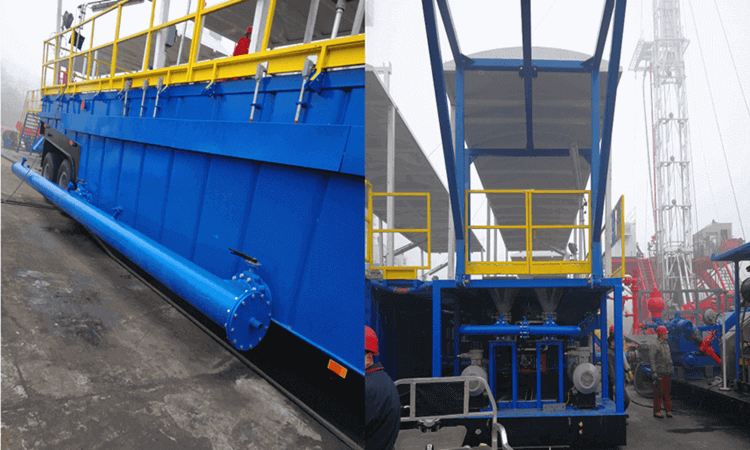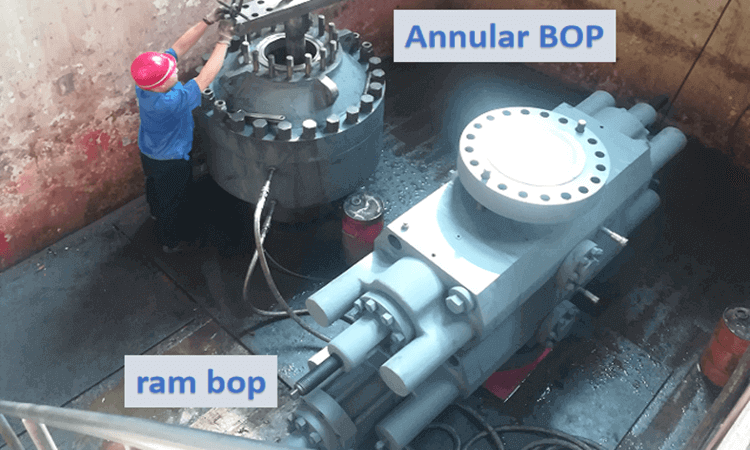Analysis of Fracture Failures in Oilfield Drill Collars
Oilfield drill collars are essential components in the drilling process, providing weight to the drill string and helping maintain directional control. However, like any equipment, they are susceptible to fracture failures, which can lead to costly downtime and operational disruptions.Sino Mechanical has 20 years of experience in oilfield equipment and drilling tool support. We have a deep understanding of drill collars, and today we will take you on an in-depth analysis of the reasons for fracture failures in oilfield drill collars, as well as the various factors that can lead to such failures. We hope this information proves to be helpful to you.
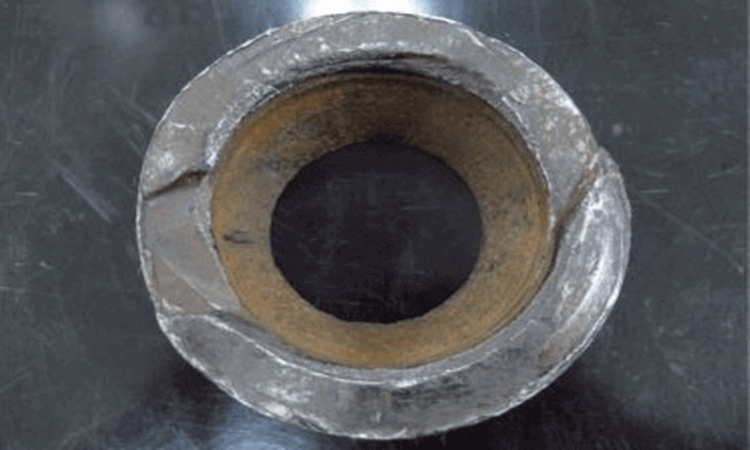
Material Quality:
One of the primary reasons for drill collar fracture failures is subpar material quality. The drill collars must be constructed from high-quality, durable materials, typically alloy steel. Any compromise in material quality, such as impurities or defects, can weaken the collars, making them prone to fracture.
Manufacturing Processes:
Deficiencies in manufacturing processes can result in drill collar fractures. Issues like improper heat treatment, poor welding quality, and manufacturing flaws can create structural weaknesses that lead to failures under operational stresses.
Design Considerations:
The design of drill collars plays a critical role in their performance and longevity. Flaws in design, such as inadequate wall thickness or overly brittle structures, can make the collars susceptible to fractures. Proper design should account for the specific demands of the downhole environment, including factors like well depth, geological conditions, and drilling methods.
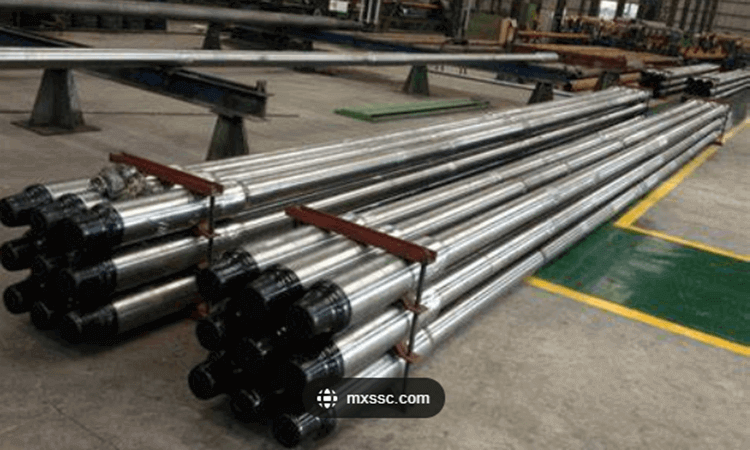
Operational Practices:
Inadequate operational practices can impose unnecessary stresses on drill collars, increasing the risk of fractures. These practices may include improper drilling control, excessive or uneven weight on the collars, and the incorrect use of shock forces during drilling.
Maintenance Deficiencies:
Lack of proper maintenance and inspection can lead to the premature failure of drill collars. Regular inspection, cleaning, and timely replacement of worn or damaged components are essential for extending the life of drill collars.
Downhole Environment:
Geological conditions, well depth, and formation characteristics influence the stress and strain on drill collars. The friction against wellbore walls and the hardness of rocks can significantly affect the collars' lifespan.
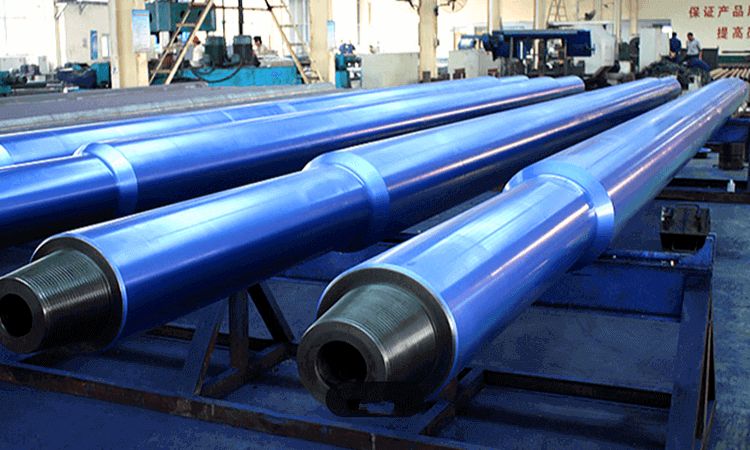
Impurities and Abrasives:
Impurities, abrasive materials, or hard substances in the well can result in wear and tear on the drill collars' surfaces, potentially leading to fatigue and cracks.
Unplanned Downtime and Failures:
Unplanned downtime or downhole failures can impose abnormal stresses on drill collars, increasing the risk of fractures.
In conclusion, understanding the potential causes of fracture failures in oilfield drill collars is vital for improving operational efficiency and ensuring safety. Preventive measures include selecting high-quality materials, stringent quality control in manufacturing, thoughtful design, training operators for correct tool usage, and conducting regular maintenance and inspections. Adapting to the specific downhole environment and well conditions is crucial for preventing fractures and ensuring the success of drilling operations.

